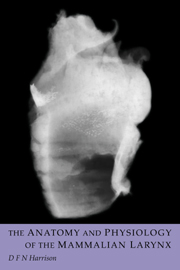6 - Evolutionary concepts
Published online by Cambridge University Press: 05 October 2010
Summary
For much of the twentieth century biologists resisted the concept that humans and other animals were part of an evolutionary continuum. They accepted that humans evolved from an ape-like ancestor but regarded tool use, culture and language as uniquely human. More recently, the size and nature of the ‘hiatus’ between humans and non-humans, specifically the great apes, has exercised the minds of workers in many disciplines (Gibson & Ingold, 1993). Research has shown that other primates show evidence of cognitive skills such as tool use or language; this concept is, however, resisted by those who believe that such attributes only occurred with the advent of Homo sapiens. The belief that ‘humanness’ appeared de novo, fully developed within the modern human brain and separating ‘Man’ from his ancestors, ignores the palaeoanthropological evidence but fuels philosophical discussion!
Much of the evidence for the origin of modern humans rests on the interpretation of fragments of bone, enigmatic archaeological discoveries or DNA gels. Whilst these provide intriguing signposts to the past and our relationships to the greatapes, they do nothing to explain ‘Man's’ bipedal stance, large brain and other human characteristics. The theory of ‘punctuated equilibrium’ suggests that all species undergo spurts of evolutionary change. These may be initiated by environmental changes – Leakey & Lewin (1992) proposing that global cooling was the driving force behind the evolution of humans.
- Type
- Chapter
- Information
- The Anatomy and Physiology of the Mammalian Larynx , pp. 258 - 265Publisher: Cambridge University PressPrint publication year: 1995



